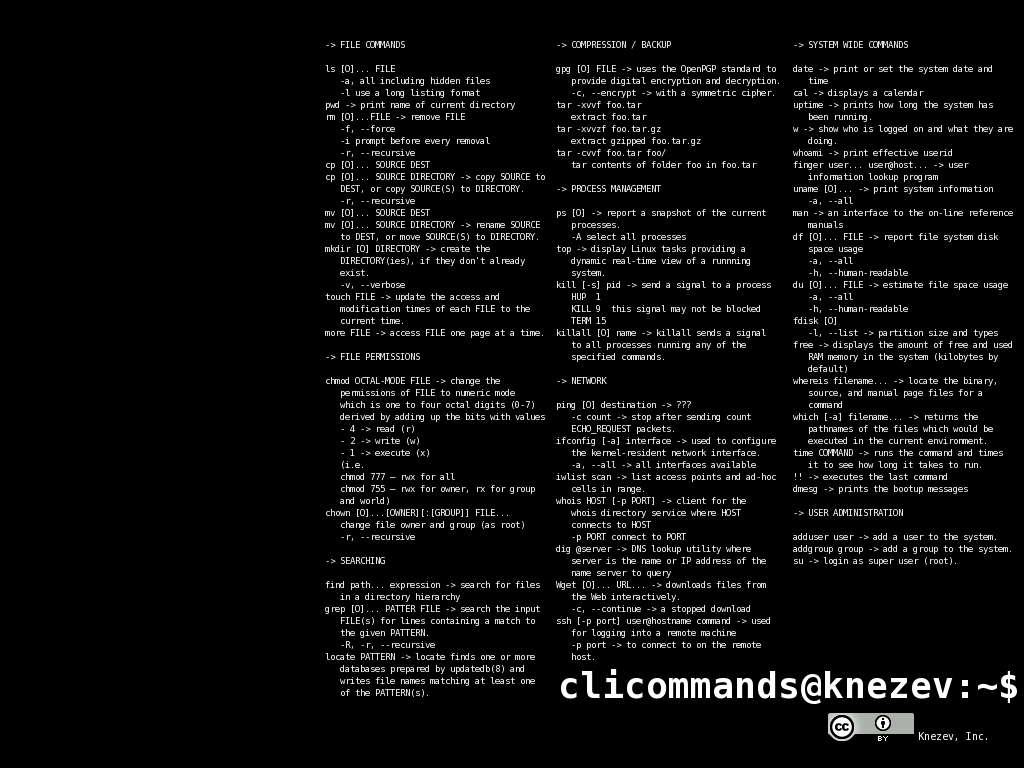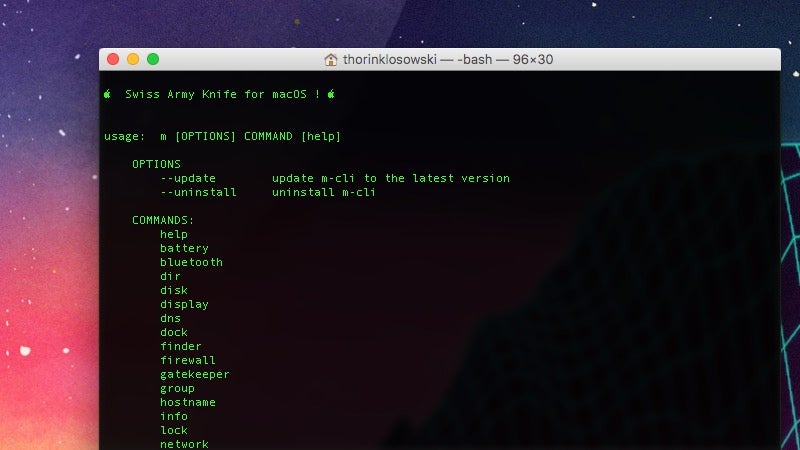

- #Visual stiod mac cli ef commands how to
- #Visual stiod mac cli ef commands install
- #Visual stiod mac cli ef commands code
- #Visual stiod mac cli ef commands plus
adding attributes or additional members, will be lost. If you need to re-scaffold the model after database schema changes have been made, you can do so by specifying the -f or -force option e.g.: dotnet ef dbcontext scaffold "Server=.\ Database=AdventureWorksLT2012 Trusted_Connection=True " -forceĪll of the class files will be overwritten, which means that any amendments that you might have made to them e.g. However, depending on your circumstances, this may not always be an option.
#Visual stiod mac cli ef commands code
to make the changes to the model first, and then use tools to generate code that propagates the modifications to the database. The recommended approach to keeping changes to the database in sync with the generated model is to use migrations i.e. Since Data Annotations only cover a subset of configuration options, you are likely to find that the Fluent API has also been used to configure the model. However, if you prefer to use Data Annotations for configuration, you can use the -d or -data-annotations switch: dotnet ef dbcontext scaffold "Server=.\ Database=AdventureWorksLT2012 Trusted_Connection=True " -d The configurations are placed in the generated context's OnModelCreating method. The resulting model is configured using the Fluent API by default, which is the recommended approach. > dotnet ef dbcontext scaffold "Server=.\ Database=AdventureWorksLT2012 Trusted_Connection=True " -o Model -c "AdventureContext"

#Visual stiod mac cli ef commands plus
The DbContext class will take the name of the database plus "Context", You can override this using the -c or -context option e.g. If it is omitted, the class files will be generated in the project directory (where the. The -o option (or -output-dir) specifies the directory where the class files will be generated. Once you have executed the command, you will see that a folder named Model has been created in the project folder, containing a collection of class files representing the entities in addition to a file for the DbContext class: > dotnet ef dbcontext scaffold "Server=.\ Database=AdventureWorksLT2012 Trusted_Connection=True " -o Model This example uses the AdventureWorks sample database for the SQL server provided by Microsoft. The provider argument is the Entity Framework provider for your chosen database. The connection string will depend on your environment and database provider. The command has two required arguments - a connection string and a provider. You use the DbContext Scaffold command to generate the model.
#Visual stiod mac cli ef commands install
Try installing the EF Core tool by executing the following command: dotnet tool install -global dotnet-ef * You intended to run a global tool, but a dotnet-prefixed executable with this name could not be found on the PATH. NET Core program, but dotnet-ef does not exist. * You misspelled a built-in dotnet command.

This should result in the initial help for the EF tools being displayed:Ĭould not execute because the specified command or file was not found. Test to see if ef commands are available to you: dotnet ef -h Both of these packages are required for any Entity Framework Core application that targets SQL Server. The second package contains the Entity Framework Core commands. The first package is the EF Core provider for SQL Server. Then create a new project: > dotnet new consoleĪdd the Entity Framework Core and Tools packages to the project: > dotnet add package Then navigate to it: > cd EFCoreScaffoldExample
#Visual stiod mac cli ef commands how to
The following example illustrates how to use code first to generate a model from a SQL Server database in a new console application using the CLI tools.įirst, create a folder for the project: > mkdir EFCoreScaffoldexample This approach is known as Code First to an existing database. Tooling support for the EDMX file was dropped in Entity Framework Core in favor of using commands to reverse-engineer class files for the model from an existing database schema. In this approach, you reverse-engineer a model from an existing database, resulting in the generation of an EDMX file that contains the model definition and mapping information. Previous versions of Entity Framework support a Database-First approach to development.


 0 kommentar(er)
0 kommentar(er)
